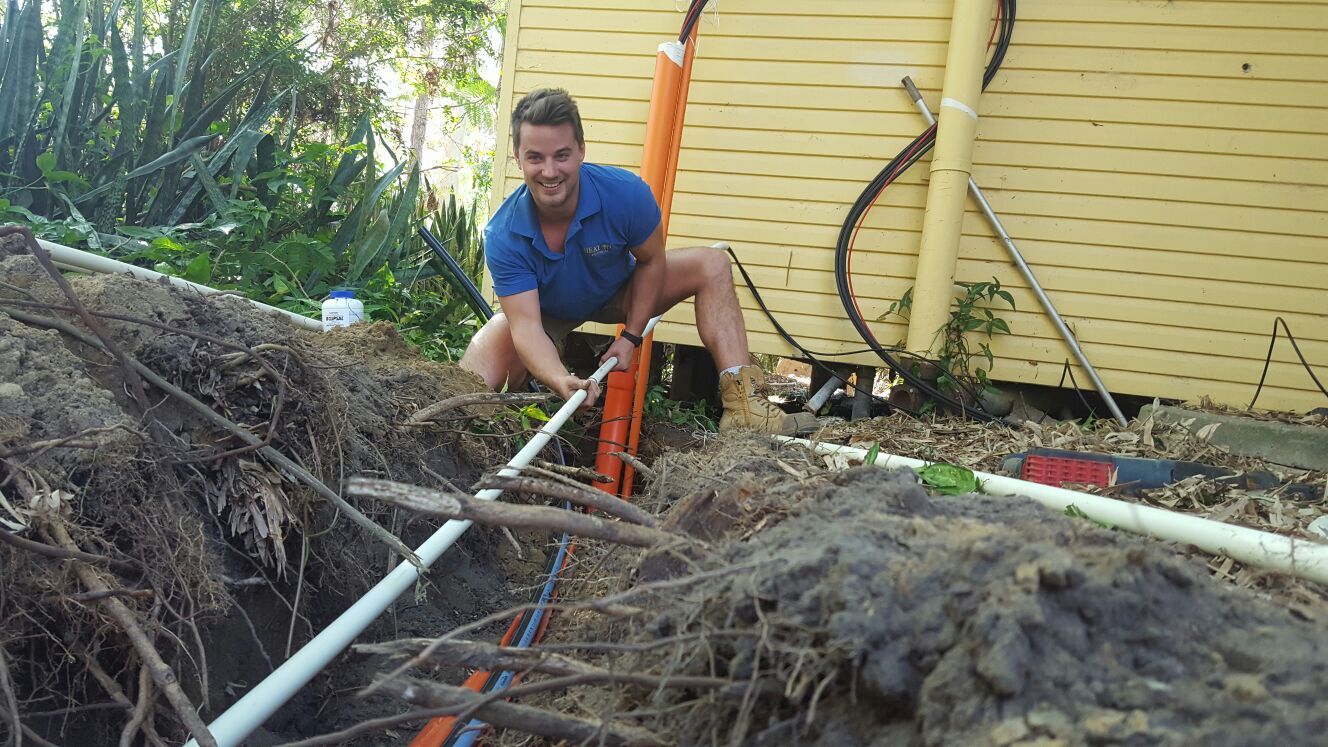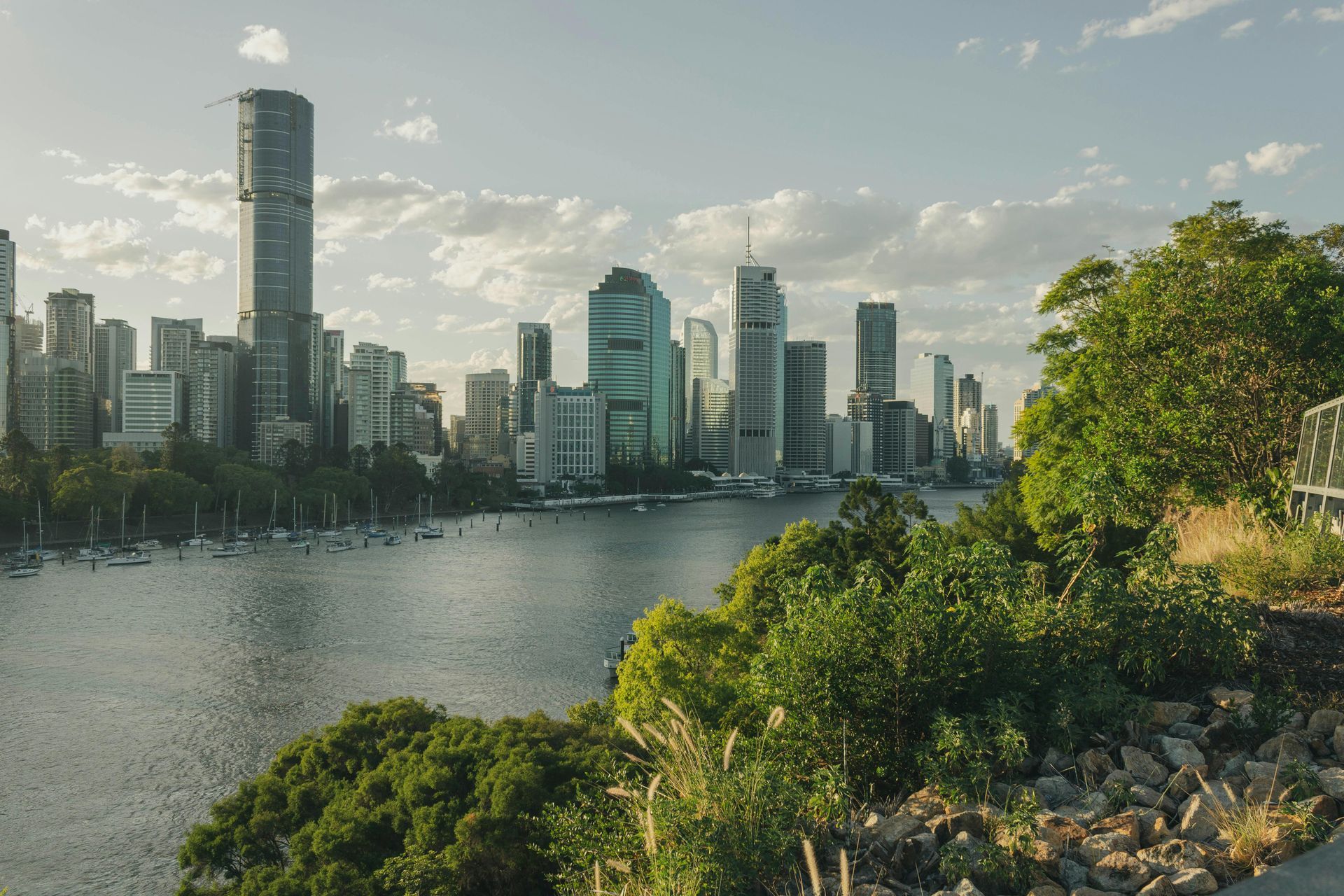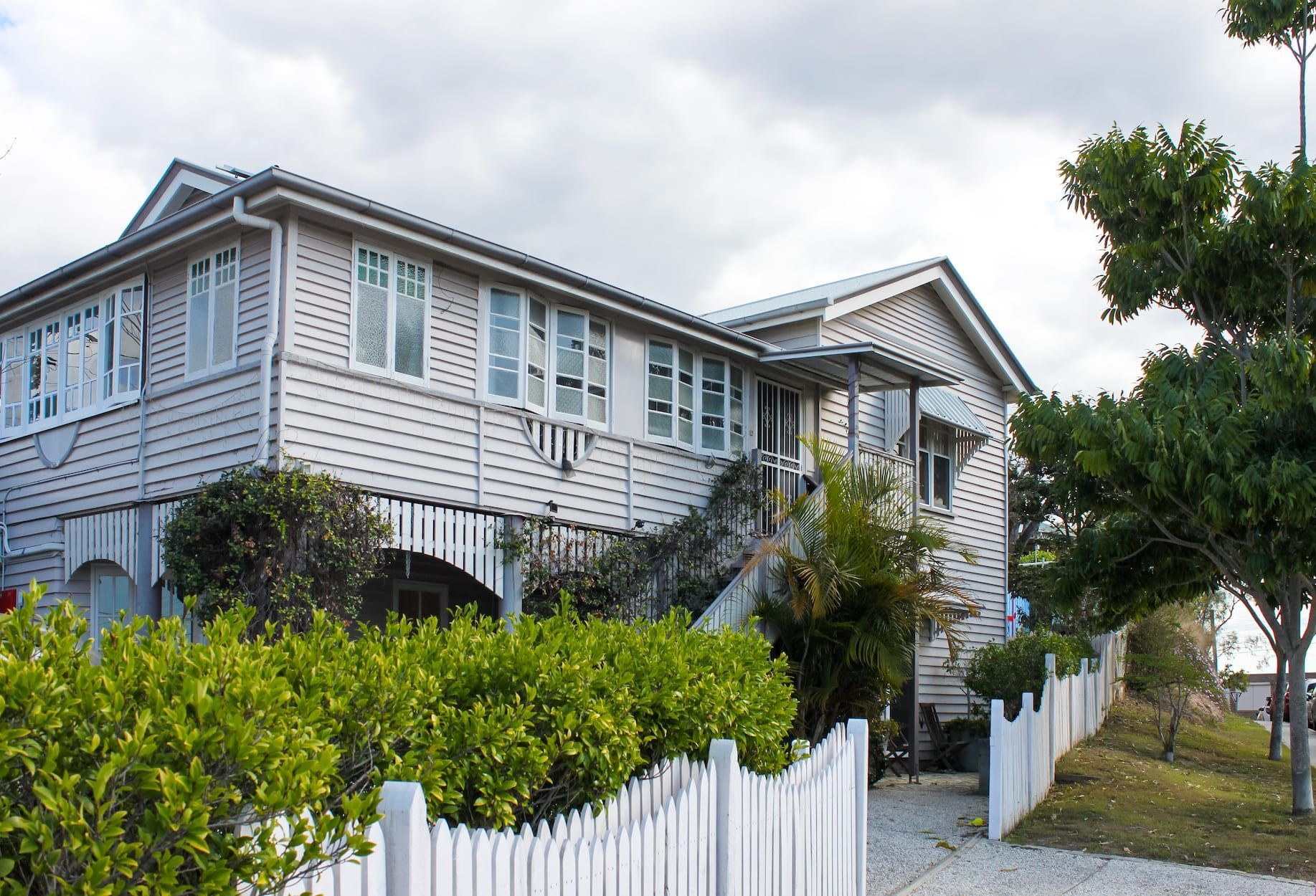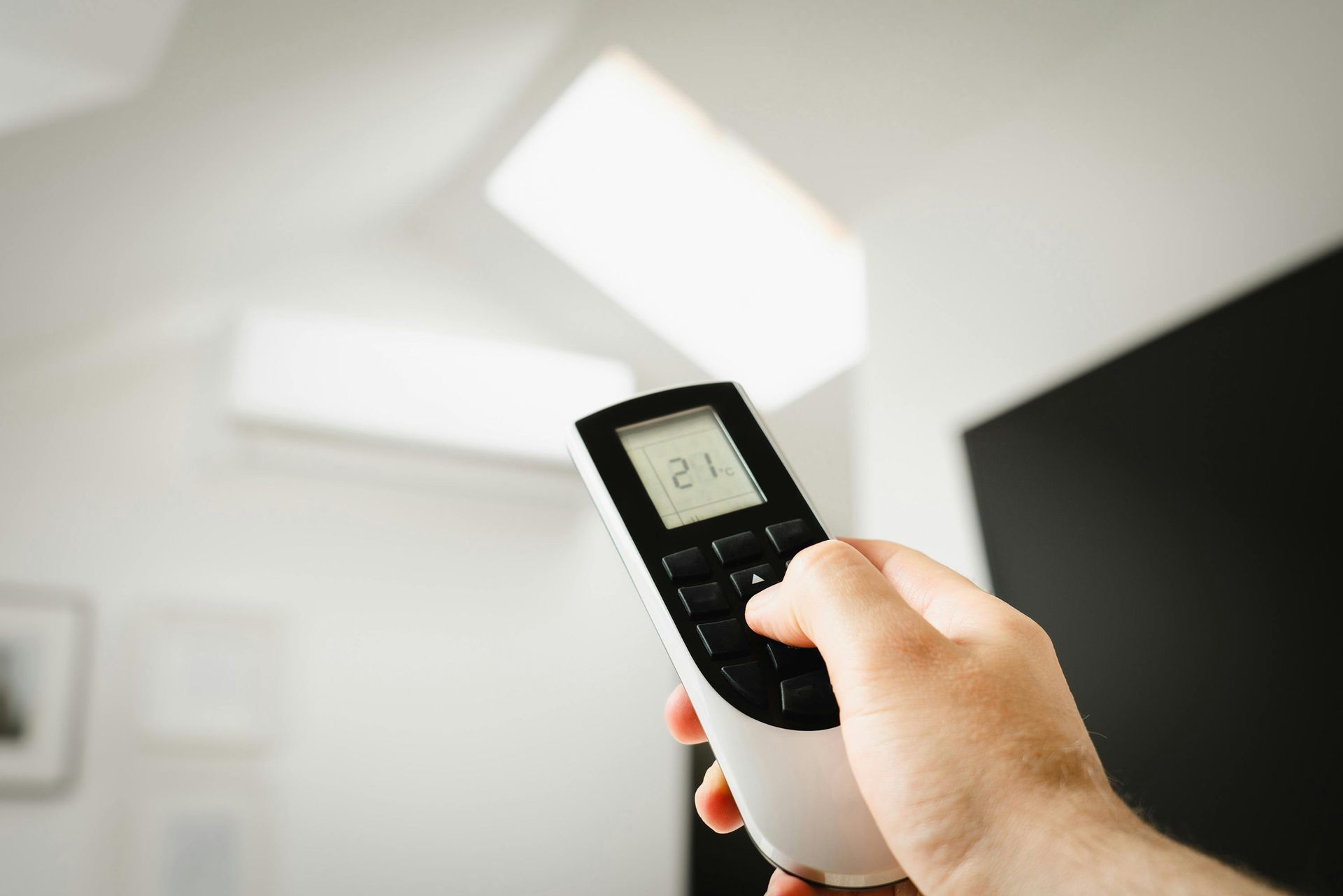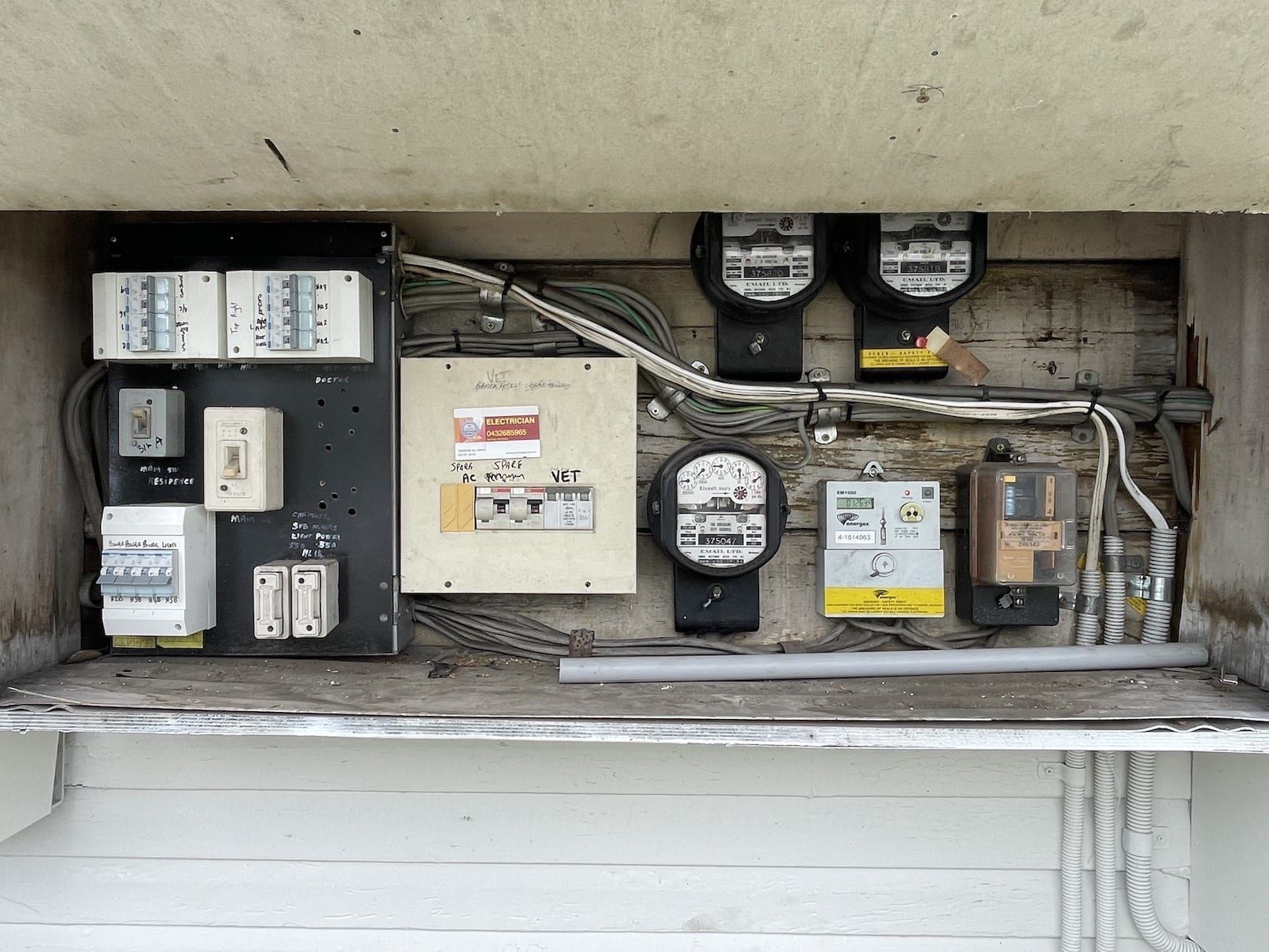
Setting up an electrical system for a commercial property isn’t just about keeping the lights on.
It plays a big role in how smoothly a business runs from day to day. Whether you're building something new or updating an existing space, how the electrical layout is designed will impact everything from energy use to staff safety. It's not just about wires and switches. It’s about making thoughtful choices that support daily operations and future growth.
Good electrical design can also save businesses from avoidable hiccups. Imagine trying to run equipment that keeps tripping the circuit because the load wasn't calculated properly. Or having to shut operations down early during summer because cooling systems can’t operate efficiently. Getting it right upfront means fewer surprises along the way, smoother workflows, and better use of power overall.
Planning For Commercial Electrical Needs
Every commercial property has specific needs, and these should be mapped out clearly before any work starts. Careful planning not only keeps things organised but also helps prevent unnecessary changes later, which can quickly drain your time and budget.
Start by evaluating how much power the space will need. Offices, cafes, and factories all have different requirements. Think about how many appliances, machines, or lighting systems will be running daily. You want to avoid under-planning and ending up with an overloaded system, while also avoiding overspending on things you don’t need.
Here are a few questions to consider early on:
1. What is the main purpose of the space and how will it be used?
2. Will power needs increase over time with things like added machinery or more staff?
3. Are there any areas that require special electrical consideration, like server rooms or prep kitchens?
4. Where should power points, switches, and lights be placed for practical day-to-day use?
5. Should the system allow for future upgrades, like solar panels or battery storage?
Once these basics are sorted, a detailed electrical layout can be created. This will serve as a map of where everything will go, from cabling and outlets to lighting and backup systems. A clear layout helps everyone involved, whether they’re engineers, builders, or inspectors. It keeps the job running on time, within budget, and up to standard.
Energy Efficiency And Sustainability
Energy costs have climbed, and many businesses are now looking for ways to lower ongoing expenses. One of the best opportunities to do this is during the design phase. By including energy-saving features from the beginning, you can reduce usage and improve long-term value without sacrificing performance.
Here are some proven ideas for energy-wise setups:
- Use LED lighting with motion sensors to limit usage in unoccupied areas
- Install timers or smart switches to turn off appliances after hours
- Choose high-efficiency appliances that consume less power and last longer
- Invest in solar panels or battery storage to offset power bills
- Rethink heating and cooling with smart thermostats or zoning systems
Being energy efficient isn’t only about saving money. It also reduces wear on your equipment, helps prevent overheating, and limits unnecessary waste. For example, placing lighting fixtures where people actually work instead of flooding an entire room cuts down on excess use while still providing enough light.
Showing you’ve made decisions that consider your power use also reflects well on your brand. It’s a smart move that can pay off both financially and in how others see your business. Most importantly, it gives you more control over your resources.
Safety Considerations
Keeping people and property safe should always sit at the top of the list when designing an electrical system for any commercial property. It’s not enough for the setup to function properly. It also needs to follow the right electrical codes and safety standards to avoid serious risks.
Some key parts of a safe system include:
- Residual Current Devices (RCDs) that cut power when faults are found
- Circuit breakers sized for the load and wiring
- Proper grounding on all metallic parts
- Surge protectors to handle voltage spikes
- Clearly labelled switchboards for easier fault finding
Backup power is another smart safety decision. Generators or uninterruptible power supplies (UPS) can keep things running even during an outage. This is especially useful in places where downtime can lead to big problems, like medical clinics, cold storage units, or IT rooms.
Abiding by local electrical codes is not just a matter of ticking a box. It gives you and others peace of mind that your system is reliable, safe, and ready for inspection. Getting the work tested and certified helps confirm everything is in order and up to date.
Maintenance And Upgrades
Building the system is only the beginning. Keeping it running safely and efficiently takes regular care and knowing when it’s time to make changes. As your business grows or shifts direction, your electrical setup needs to keep up.
Regular maintenance helps spot early signs of trouble before they turn into big issues. Worn cables, loose connections, or damaged parts can cause fires or shutdowns if they go unnoticed. Making time for checks helps prevent downtime and keeps things working as they should.
A standard maintenance checklist might include:
- Looking over wiring, switchboards, and outlets
- Testing RCDs and circuit breakers
- Cleaning dust and grime from electrical panels
- Checking for heat-related damage
- Making sure emergency and exit lights are working
Upgrades come in many forms. They can be as simple as switching to LED lights or as advanced as installing smart building systems. You might just need more power for new equipment or want to make the workspace more comfortable with better lighting controls.
Electric systems evolve just like other parts of your business. Whether it’s automation, digital metering, or more responsive lighting setups, each upgrade can bring boosted performance and better day-to-day results. These small changes can make a big difference in how your workplace runs.
Building a System That Works Now and Later
A reliable electrical setup fuels your entire workplace. When it’s planned and installed with care, built around actual business needs, and supported by smart efficiency and safety features, it becomes a strong foundation for everything you do.
Whether you're starting from the ground up or improving an existing site, investing in a proper electrical layout means fewer surprises and more room for your business to grow. Careful planning now saves serious complications later.
Every plug point, circuit, and light fitting plays a part. Looking after and updating your setup over time helps make sure those parts keep serving your business without interruption. When your electrical system is built to handle day-to-day tasks and ready for future updates, you have peace of mind and a better-managed workspace.
Ready to set your business up for success with a reliable electrical system? Discover how Heat On Electrical can assist with your commercial electrical services. We’re here to ensure your electrical setup not only meets today's demands but is also ready for the future.
Contact us to discuss your project needs with our team of experts.




